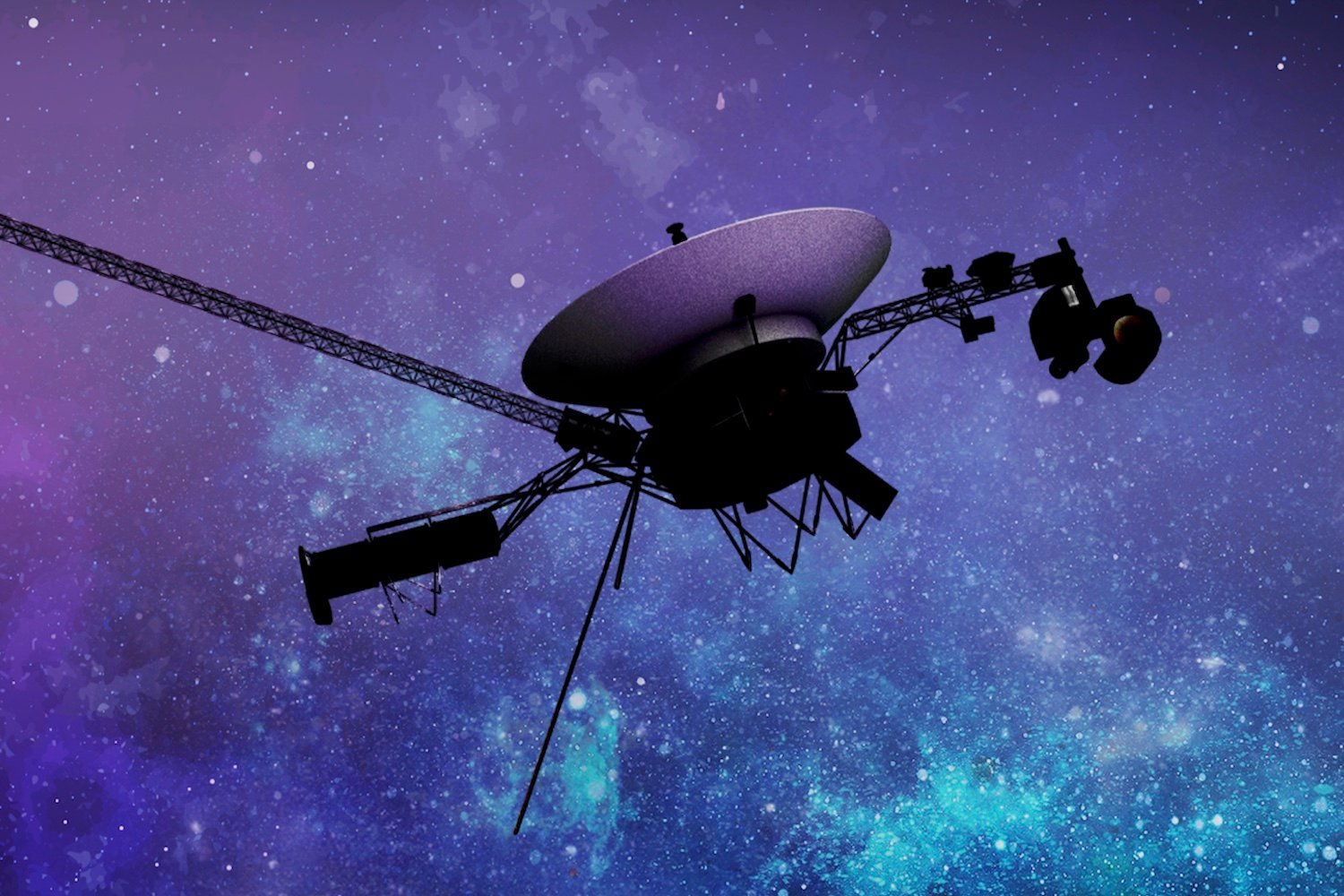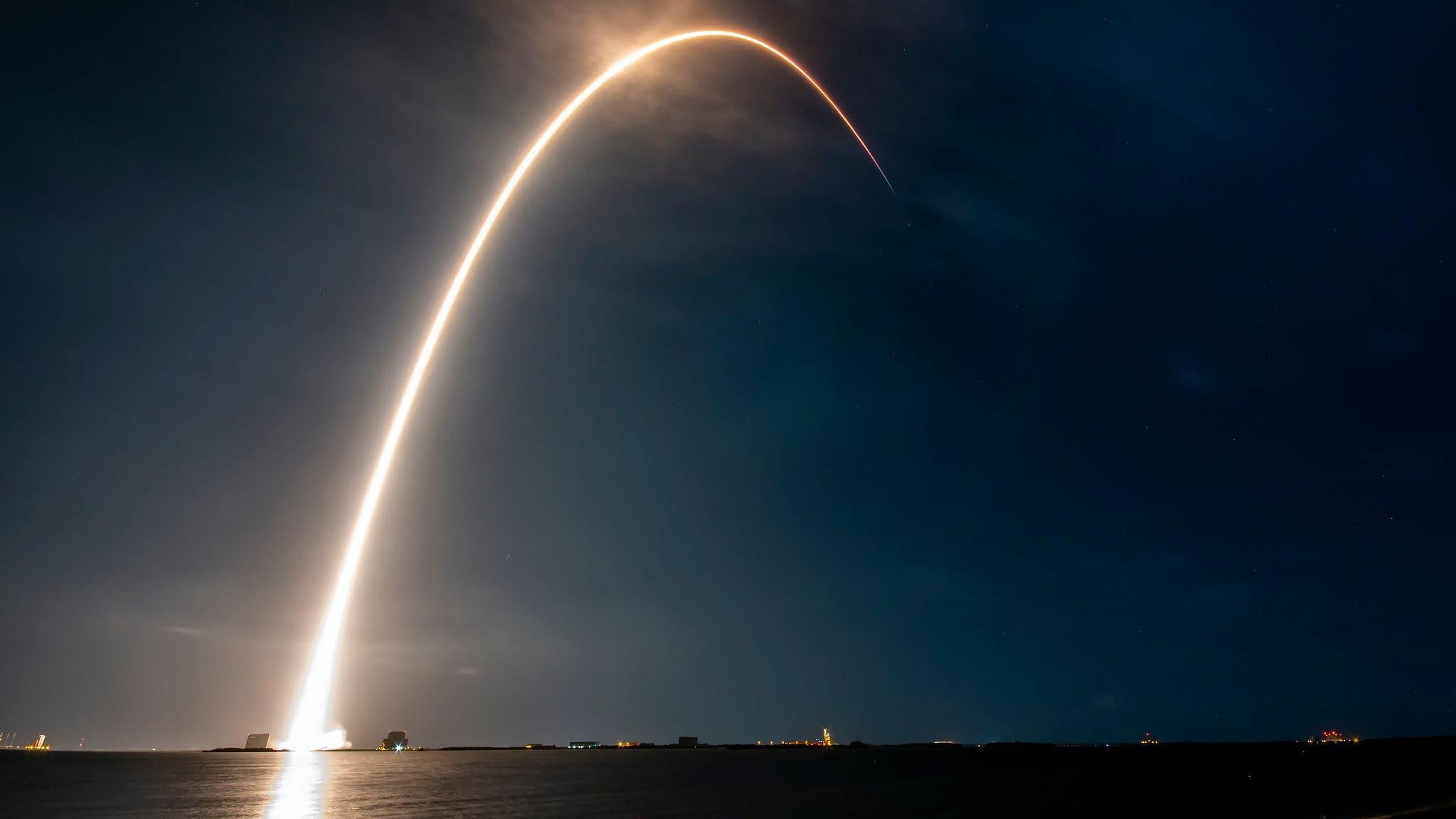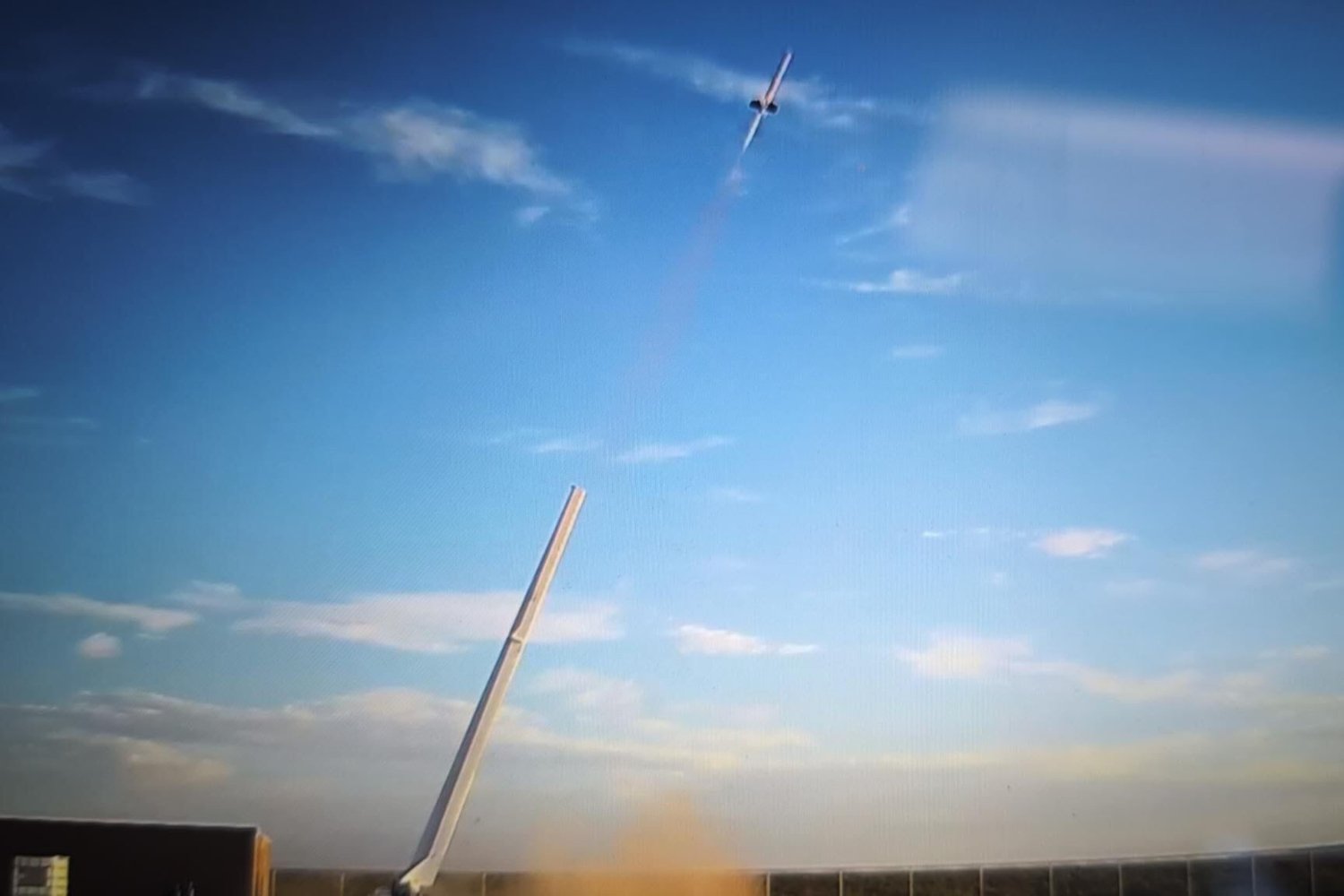In March 2024, Intuitive Machines’ Athena lander met an unfortunate end, landing sideways in a lunar crater. The mission, intended to be a milestone in private lunar exploration, ultimately failed. Now, the company has shed light on the sequence of events that led to the lander’s demise.
Athena’s journey began with a week-long voyage through space, culminating in a touchdown on March 6th. However, instead of a controlled landing, the lander ended up tilted on its side within a shallow crater in the Mons Mouton region, approximately 820 feet (250 meters) off target. During a recent earnings call, Intuitive Machines identified three key factors contributing to Athena’s downfall, as reported by SpaceNews.
Faulty Altimeters and Challenging Lunar Conditions
The first issue stemmed from problems with the lander’s laser altimeters, crucial instruments for gauging distance from the lunar surface during descent. “In the final phase of descent, we saw signal noise and distortion that did not allow for accurate altitude readings,” explained CEO Steve Altemus.
The challenging terrain and lighting conditions of the Moon’s south polar region also played a role. The low angle of sunlight combined with the lunar topography created long shadows and dim lighting, significantly hindering the precision of the landing system.
Crater Recognition Failure
The third contributing factor was the lander’s inability to accurately identify craters at lower altitudes. Athena’s optical navigation system relied on images from NASA’s Lunar Reconnaissance Orbiter, captured at an altitude of 62 miles (100 kilometers). However, these images proved insufficient for recognizing craters at close range under the unique lighting conditions of the lunar south pole.
Lessons Learned and Future Missions
Despite the setback, Intuitive Machines is viewing Athena’s failure as a valuable learning experience. The company is implementing significant improvements for its upcoming third lander mission, scheduled for next year. These enhancements include incorporating redundant and diverse altimeters, subjecting them to rigorous flight-like testing, integrating a light-independent sensor for surface velocity measurements, and expanding the onboard terrain crater database for improved lunar navigation.
Previous Lunar Landing Challenges
This isn’t the first time Intuitive Machines has faced difficulties with a lunar landing. Their inaugural lander, Odysseus, launched in February 2024, also experienced a less-than-perfect touchdown. A potential snag with one of its legs resulted in Odysseus tipping over onto a rock. Despite this, the lander managed to operate on the lunar surface for seven days, marking a historic achievement as the first privately-funded soft landing on the Moon.
Looking Ahead
Despite the challenges encountered with both Athena and Odysseus, Intuitive Machines remains optimistic about the future. Altemus affirmed the company’s commitment to achieving successful lunar landings, emphasizing their goal to “land softly, land upright, land ready to operate.”











